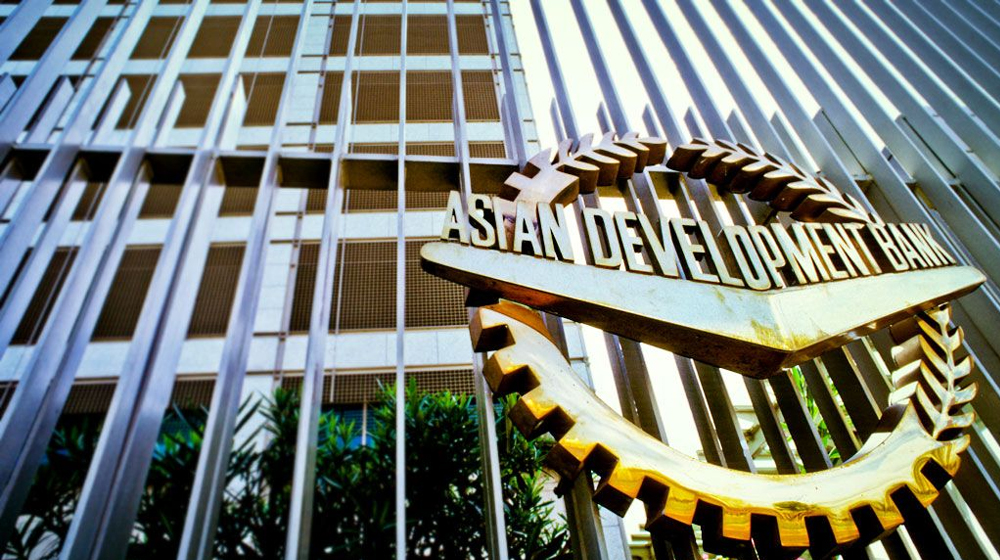Pakistan could see a decline of 26.8 percent from baseline remittances under the worst-case scenario, says the Asian Development Bank (ADB).
In its latest report, “COVID-19 Impact on International Migration, Remittances, and Recipient Households in Developing Asia”, ADB stated that total remittances to Asia were expected to drop between $31.4 billion (baseline scenario) and $54.3 billion (worst-case scenario) in 2020, equivalent to 11.5 percent and 19.8 percent of baseline remittances, respectively.
The results show that the COVID-19’s impact on remittances ranges from a 5.2 percent decline from baseline remittances in 2018 for the least-affected economy to almost a 30 percent decline for the most-affected.
Among developing Asian economies, the five worst-affected are Nepal, where remittances could fall by 28.7 percent; Tajikistan (27.9 percent), Bangladesh (27.8 percent), Pakistan (26.8 percent), and the Kyrgyz Republic (25.2 percent).
Most Central Asian economies are also heavily affected, with remittances falling by over 21 percent.
For Southeast Asia, the Philippines is the most affected, with remittances decreasing by 20 percent and others by over 15 percent. Remittances for most of the Pacific island economies are expected to fall by around 13 percent.
In general, the magnitude of the impact of remittances on the economy reflects the distribution of the decline in the GDP observed in the host economies.
In Sri Lanka, while measures are primarily aimed at keeping the overall health of the country’s external position, exemptions for inward remittances from the exchange control regulations and taxes, as well as giving protection under banking secrecy provisions would necessarily benefit remittance-recipient households.
A similar measure was introduced in Pakistan, which has contributed to a surge in remittance inflows for the first half of the year.
The COVID-19 pandemic is expected to hit remittances hard in Asia and the Pacific. In 2019, six of the 10 largest remittance recipients globally were from this region—India, the People’s Republic of China (PRC), the Philippines, Pakistan, Bangladesh, and Vietnam.
That said, the countries likely to face more severe effects from the pandemic-induced decline in remittance inflows are the ones where remittance share to the GDP and per capita remittances are high. These include Tonga, Samoa, and other Pacific countries, with remittances relative to the size of their economies and populations is very high.
Central Asian countries such as Georgia, the Kyrgyz Republic, and Tajikistan, sending a large number of seasonal and long-term migrants mainly to the Russian Federation and Europe, will also be hard-hit, along with some of the major migrant origin countries such as Nepal, and the Philippines.

 propakistani.pk
propakistani.pk
In its latest report, “COVID-19 Impact on International Migration, Remittances, and Recipient Households in Developing Asia”, ADB stated that total remittances to Asia were expected to drop between $31.4 billion (baseline scenario) and $54.3 billion (worst-case scenario) in 2020, equivalent to 11.5 percent and 19.8 percent of baseline remittances, respectively.
The results show that the COVID-19’s impact on remittances ranges from a 5.2 percent decline from baseline remittances in 2018 for the least-affected economy to almost a 30 percent decline for the most-affected.
Among developing Asian economies, the five worst-affected are Nepal, where remittances could fall by 28.7 percent; Tajikistan (27.9 percent), Bangladesh (27.8 percent), Pakistan (26.8 percent), and the Kyrgyz Republic (25.2 percent).
Most Central Asian economies are also heavily affected, with remittances falling by over 21 percent.
For Southeast Asia, the Philippines is the most affected, with remittances decreasing by 20 percent and others by over 15 percent. Remittances for most of the Pacific island economies are expected to fall by around 13 percent.
In general, the magnitude of the impact of remittances on the economy reflects the distribution of the decline in the GDP observed in the host economies.
In Sri Lanka, while measures are primarily aimed at keeping the overall health of the country’s external position, exemptions for inward remittances from the exchange control regulations and taxes, as well as giving protection under banking secrecy provisions would necessarily benefit remittance-recipient households.
A similar measure was introduced in Pakistan, which has contributed to a surge in remittance inflows for the first half of the year.
The COVID-19 pandemic is expected to hit remittances hard in Asia and the Pacific. In 2019, six of the 10 largest remittance recipients globally were from this region—India, the People’s Republic of China (PRC), the Philippines, Pakistan, Bangladesh, and Vietnam.
That said, the countries likely to face more severe effects from the pandemic-induced decline in remittance inflows are the ones where remittance share to the GDP and per capita remittances are high. These include Tonga, Samoa, and other Pacific countries, with remittances relative to the size of their economies and populations is very high.
Central Asian countries such as Georgia, the Kyrgyz Republic, and Tajikistan, sending a large number of seasonal and long-term migrants mainly to the Russian Federation and Europe, will also be hard-hit, along with some of the major migrant origin countries such as Nepal, and the Philippines.

Pakistan Can See a Drop of 26.8% in Remittances in The Worst Case Scenario: ADB
Pakistan could see a decline of 26.8 percent from baseline remittances under the worst-case scenario, says the Asian Development Bank (ADB). In its latest







































